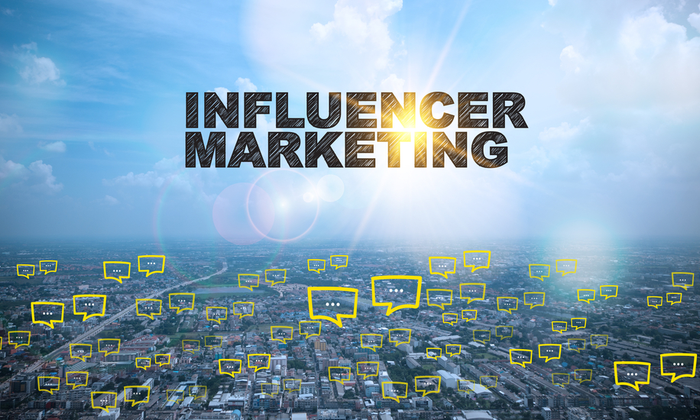
Although the concept only appeared a few years ago, everyone today knows what an “influencer” is. They are experts within a specific community who endorse or review products, software, or even thoughts within their field of expertise. Others in the community look to them when making their own purchasing choices.
Influencers yield a lot of power. If you can get an influencer to endorse your product or brand, you can tap into the audience at the influencer’s disposal, which may be far more vast than your own following.
Influencer marketing, then, is the field of marketing in which influencers are paid (via cash or other incentives) to promote a brand or product. Let’s explore how you can create this type of campaign.
Part 1: What Is an Influencer?
Now that word of mouth recommendations and criticisms spread through social media faster than fire in a dry field, influencers are more important than ever. They usually huge followings on social media and are brand advocates as well as niche promoters.
True influence drives action, not just awareness.
Jay Baer
It’s not enough to find any influencer with clout, however; if you want to run an influencer marketing campaign, you need to find someone who is known in your industry. If they aren’t a contextual fit, their post or tweet could be completely ineffective at driving leads.
Why Does Your Brand Need Influencers?
Consumers trust recommendations from a third party more often than a brand itself.
It makes sense if you think about it in a more personal context; you don’t usually trust a person at a cocktail party who comes up to you and brags about himself or herself and spouts fun facts about his or her personality to convince you to be a friend. Instead, you often believe your mutual friend who vouches for that person.
An influencer is the mutual friend connecting your brand with your target consumers.
When you align with an influencer, not only do they bring their audience, but they also bring their audience’s network as well. Because of the loyalty of their audience, an influencer has the ability to drive traffic to your site, increase your social media exposure, and flat-out sell your product through their recommendation or story about their experience.
With the fall of traditional outbound marketing, influencer marketing is becoming one of the most effective ways to attract customers and clients. Modern-day consumers are blind to billboards and deaf to commercials. They are self-sufficient and want to research a brand on their own and hear about it from someone they trust.
How do influencers assist with your inbound marketing? They are generate content about your brand, they recommend your brand to their loyal following, and they insert themselves into conversations surrounding your brand. Getting them on your side before your competitor does can make a huge difference in the success (or lack thereof) of your company or product.
Think About the Audience

As a marketer, you already have a solid idea of the audience you should be targeting for your brand. To locate the ideal influencer, you need to take it one step further and think about the types of topics, blogs, and twitter handles that your audience would follow.
Since I market a blogger outreach tool for my company, the influencers that I’ve targeted are PR and marketing blogs that emphasize content and influencer marketing. Followers of these blogs usually are PR professionals and marketers who want to keep up with the latest technology and trends in their field.
Thus, hopefully, they find my company relevant when a blogger they follow recommends it. However, had I gone after bloggers who write about finance, even though a particular blogger might like my software, their audience most likely wouldn’t care.
Who Uses Influencer Marketing?
While it seems that some companies don’t want to let go of their outbound marketing practices, fashion ecommerce sites are targeting influencers like pros. Many are reaching out to reputable fashion bloggers and sending them clothing and accessory items to be reviewed. The blogger then posts photos and writes about the garments, often linking back to the site where their audience can buy the items being reviewed.
ModCloth, a vintage clothing site does a great job of this. They are active in sharing (on social media outlets) the images their audience members provide showing them wearing ModCloth’s clothing. This makes their audience feel special, which encourages more posts about the clothing.
I’ve seen many fashion sites send their items to an influencer, and then the audience could enter a contest to receive it. Or sometimes they will send a credit to an active fashion social media user, magazine writer, or blogger so they can go to the site, pick out some clothing, and then review the experience as a whole.
What Defines an Influencer for Your Brand?
Context: Again, an influencer differs for every brand because, first and foremost, they are a contextual fit. This is the most important characteristic when targeting the right influencers for your brand. For example, Justin Bieber is known as one of the most “influential” social media users with his 37+ million followers. Would his tweet about your software really bring in sales tough? Probably not, because the target audience for tech software and Justin’s target audience aren’t the same; his endorsement isn’t really relevant.
Reach: In addition to wanting an influencer from your field, you also want them to have reach. This is so they can share their awesome content or positive recommendation of your brand or product in a manner that actually will be consumed. If your online business sold clothes for “tweens,” then maybe a mention to 37 million girls from Justin Bieber wouldn’t be so bad after all.
Actionability: This is the influencer’s ability to cause their audience to take action. This characteristic comes naturally when you target individuals that are in contextual alignment with your brand and have a far enough reach.
Influencers don’t force themselves upon an audience. They are an “opt-in” network. Their audience chooses to follow their blog or Twitter handle. Thus, their audience is engaged and is there to hear about the topic being discussed. Hence, the need for a contextual fit.
I want to note that there is a lot of market research coming out about mid-level influencers. These are the influencers who have a decent reach but don’t have such a large audience that they can’t nurture relationships with their audience and harness loyalty. A loyal audience soaks up recommendations like a dry sponge.
Give Your Influencer an Image

- Personality type: Decide if you need an activist, an informer, an authority, etc. to best promote your campaign or product.
- Genre: Pick your targeted influencer from one or two genres. Examples include technology, fashion, travel, marketing, etc.
- Niche: The influencer you use can fall into two or three niches. In order to promote my own product, I usually target marketing and PR influencers, as my genre and my niches are firms writing about blogger outreach and influencer targeting.
- Topics: Pick a topic that your ideal influencer sometimes talks about on social media or their blog. You will be referencing this topic when you reach out and explain why the two of you are such a good fit.
- Type of reach: Is it site traffic you are after or social media followers? Is the influencer an active blogger? Do you have a visually driven campaign and need your influencer to be on Pinterest and Instagram? Is it tweets you are after? Whatever reach you think is best for your brand, narrow down the channels and the number of followers on those channels.
Part 2: Where to Look for Your Ideal Influencer
Now that you’ve given your influencer an image, it’s no longer this misty figure that we can barely see. It’s now tangible so we can understand it and recognize it when we see it.
Social Media Monitoring
Brand advocates are the loudest influencers your brand will have. Not only does their audience follow them because what they write aligns with your brand, but they also talk loudly and actively about how much they like your company. By tuning in to your social media mentions and blog posts about your brand, you will find influencers and advocates you didn’t realize you had.
Social media monitoring also allows you to find influencers who advocate for the genre or niche you outlined in step 1. For example, someone may post and tweet heavily about yoga gear but not mention your website as an awesome place to buy yoga apparel or equipment. Well, this is someone you want to engage with and expose your brand to.
Research Hashtags: Identify the hashtags that your target influencers are using. For my company, I follow #bloggeroutreach and #influencemktg. By tuning in to the conversations surrounding these hashtags, I have not only identified active talkers in these categories, but I’ve also identified blog topics that I wrote to appeal to these influencers as well.
Once you start finding influencers that seem like a good fit for your brand, I recommend putting them in a Twitter list so that you can organize and follow them most effectively. I use HootSuite to organize my Twitter channel. Here is what my hashtags look like in their platform:
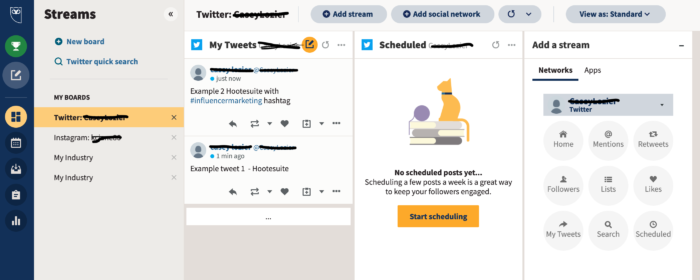
Google Alerts: Set alerts for keywords pertaining to your brand to identify people who actively write about topics in your realm. You also should create alternatives for the name of your brand so that you can find posts and articles containing your mentions and identify advocates who already are in place.
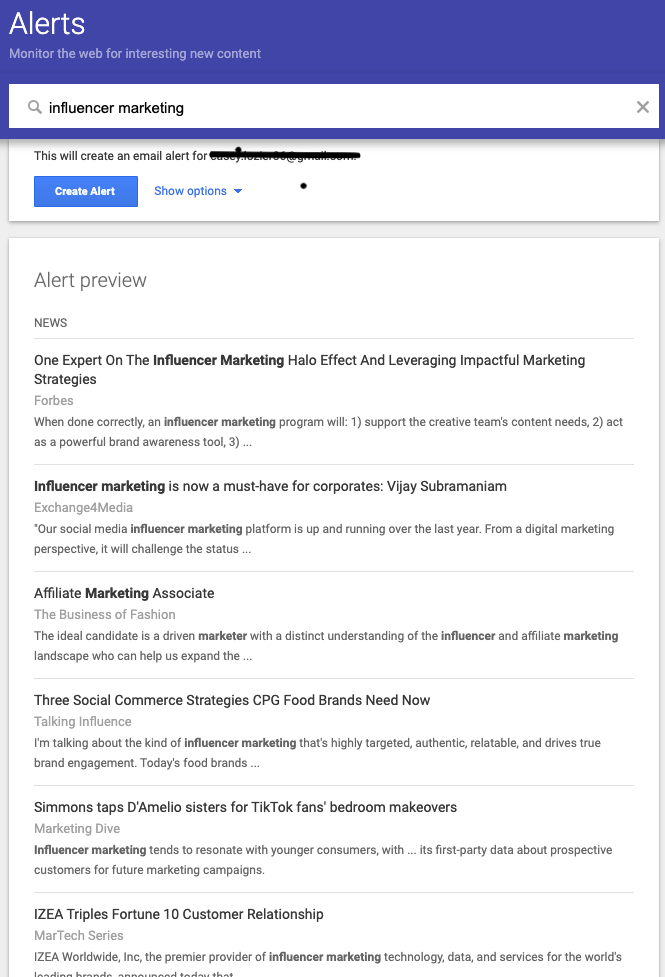
Mention: Mention allows you to type in your company’s name to discover mentions on different outlets such as YouTube, Twitter, and Facebook, just to name a few.
Blogger Outreach
Bloggers arguably are the strongest spoke in the wheel of influencers. One of the bonuses of targeting bloggers is they almost always are active across many social media platforms.
When locating influential bloggers for your brand, start by searching for blogs in your genre and find the niche(s) by reading through the posts to determine if they write about relevant post topics. After making a list of the contextually relevant bloggers, then it’s time to locate their SEO stats and social media information to pinpoint the ones that equal the best reach for your brand.
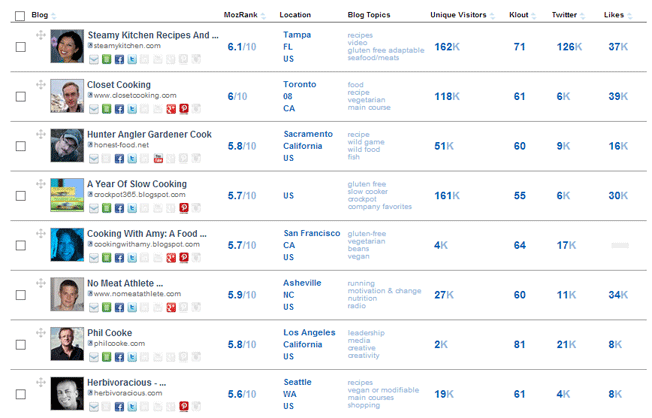
Manually sorting through blogs to find all of the criteria that you outlined when you gave your influencer an image can take a long time. Luckily, there are a lot of really good blogger outreach tools out there to make this process easier. There is a tool to cover every part of the spectrum.
Part 3: Start the Campaign
Encourage Content Creation
A true brand influencer is passionate about your product or service, and this passion shows. It spreads to those who read the influencer’s words or watch their videos. This results in potential leads for your company. Your goal is to get as much content from happy customers live and in front of as many people as possible. Here are some ways to squeeze out consumer-generated content from the customers that you know already love your brand:
- Ask your customers to upload photos and videos of themselves using your product. If you offer a promise to share their uploaded content, I promise that the narcissism that is social media will consume them and you will have a lot of happy compliers.
- Incentivize user-generated content with a product giveaway or discount on your service.
- Ask happy customers to answer case study questions and assure them they can approve your content before you publish it. I saw better response rates when I bribed my customers with gift cards because answering these questions takes up a decent chunk of their time.
- Participate in all forms of discussion forums. By engaging in discussions with your audience, you can use their posts or words as quotes and even blog post inspiration. You also can ask them to write a post based on their comment and publish it. I promise that when they see their words live, they’ll share it like crazy.
- Send out free products or a free trial of your software without any sort of prior commitment from the influencer. If they like it, they might mention you or write about you, recommending the awesome product.
- Swap guest posts with them.
Compensate Influencers
If someone is going to spout good things about your brand, they need to be compensated. It doesn’t have to be financially, but it can be, though. The point is you want your influencer to feel rewarded, acknowledged, loved, important, or any combination of those. Here are some ways to compensate the influencers you find for your brand:
- Financially: Be sure to follow industry standards and best practices as well as FTIC guidelines when you do financially compensate influencer marketers.
- Shoutouts: Sharing a post they write about you on your social media outlets will get more traffic to their site and make them feel important. Also, something as simple as a tweet that says “Thanks for the awesome shout out, you awesome influencer,” (or something to that effect) will do wonders.
- Product discount or giveaway: Offering a discount on your service or giving them a product from your brand will really incentivize an influencer to keep talking about you.
- Commission: For influencers who are actively inserting themselves into conversations about your brand and bringing you big sales, it’s not a horrible idea to give them some sort of commission for the clients they bring your way.
Conclusion
Influencer marketing has evolved since it first became a digital marketing strategy, but the technique continues to be successful for many brands.
If you want help creating an influencer campaign for your company, let our agency know and we can help guide you through the process.
Where do you look for influencers for your brand? Cheers to a good discussion in the comments below!
This marketing news is not the copyright of Scott.Services – please click here to see the original source of this article. Author: Neil Patel
For more SEO, PPC, internet marketing news please check out https://news.scott.services
Why not check out our SEO, PPC marketing services at https://www.scott.services
We’re also on:
https://www.facebook.com/scottdotservices/
https://twitter.com/scottdsmith
https://plus.google.com/112865305341039147737
The post What are Influencers: Types, Examples & How Much They Make appeared first on Scott.Services Online Marketing News.
source https://news.scott.services/what-are-influencers-types-examples-how-much-they-make/
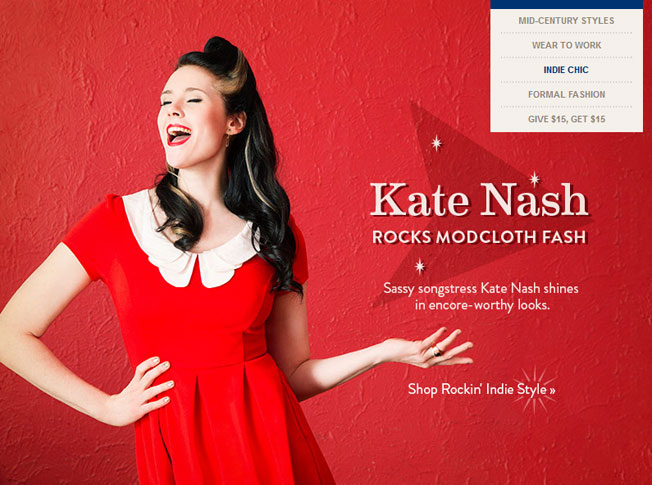
No comments:
Post a Comment